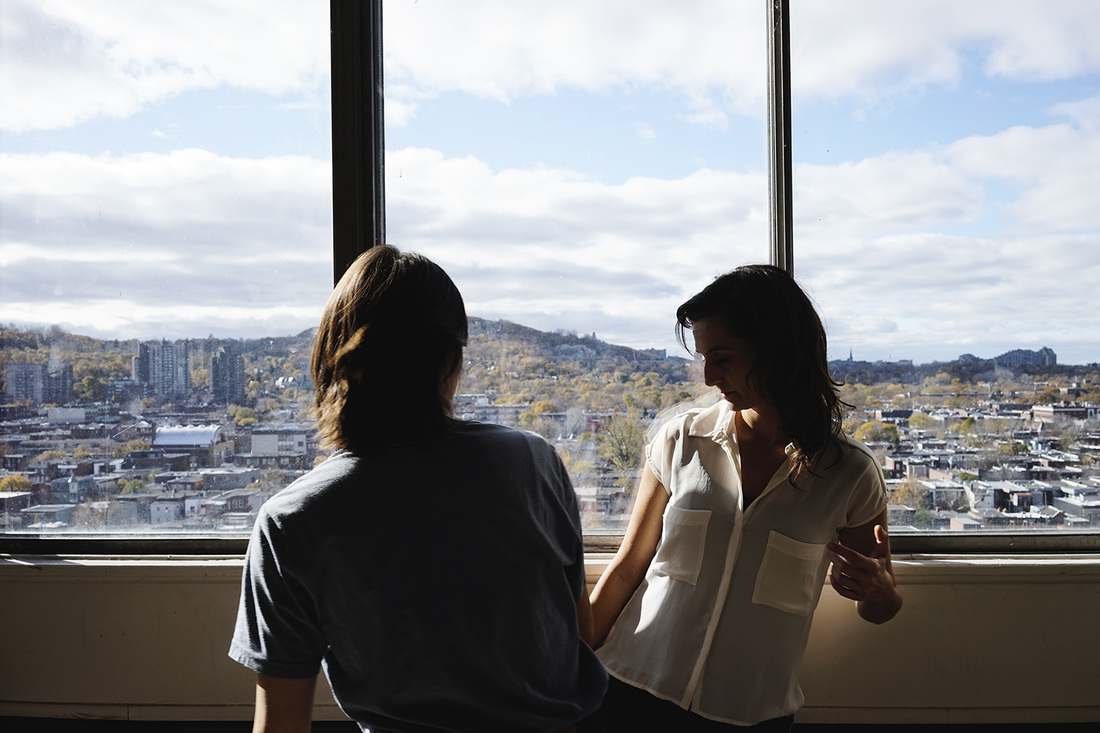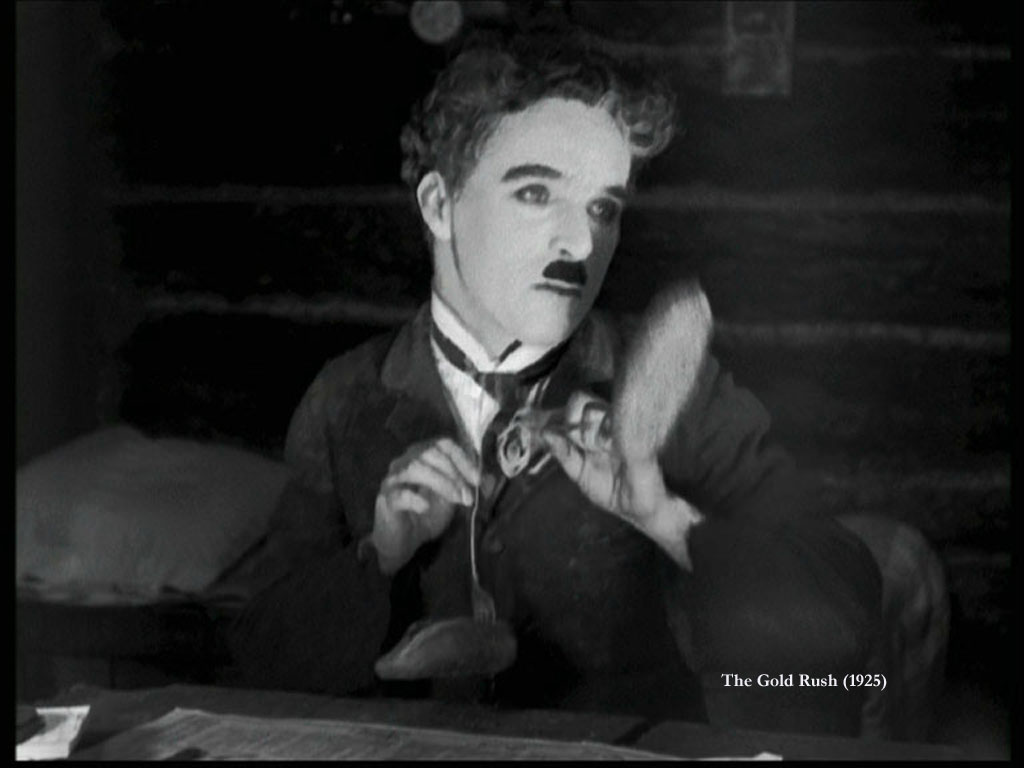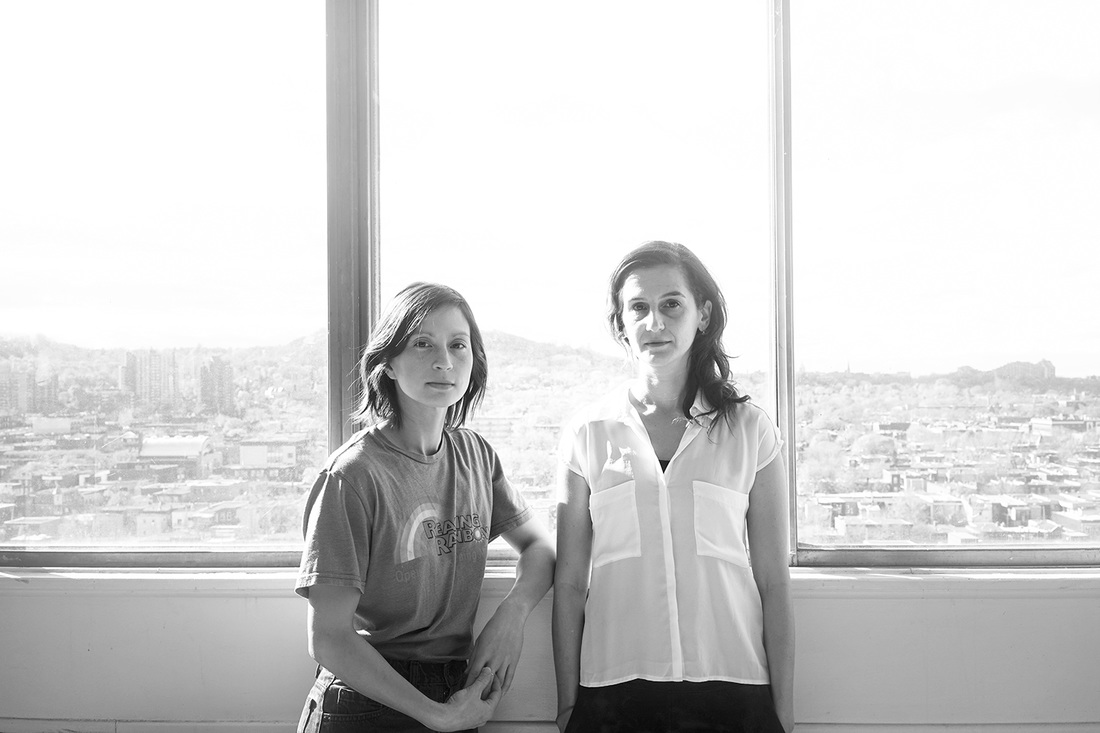The Paradise
November 19-22 www.tangente.qc.ca 514.871.2224 Tickets: 23$ / Students: 19$ About the photographer: Meryem Yildiz was born in Montreal. She is found in translation, writing and photography. www.meryemyildiz.com
0 Comments
Leave a Reply. |
Sylvain Verstricht
has an MA in Film Studies and works in contemporary dance. His fiction has appeared in Headlight Anthology, Cactus Heart, and Birkensnake. s.verstricht [at] gmail [dot] com Categories
All
|



 RSS Feed
RSS Feed